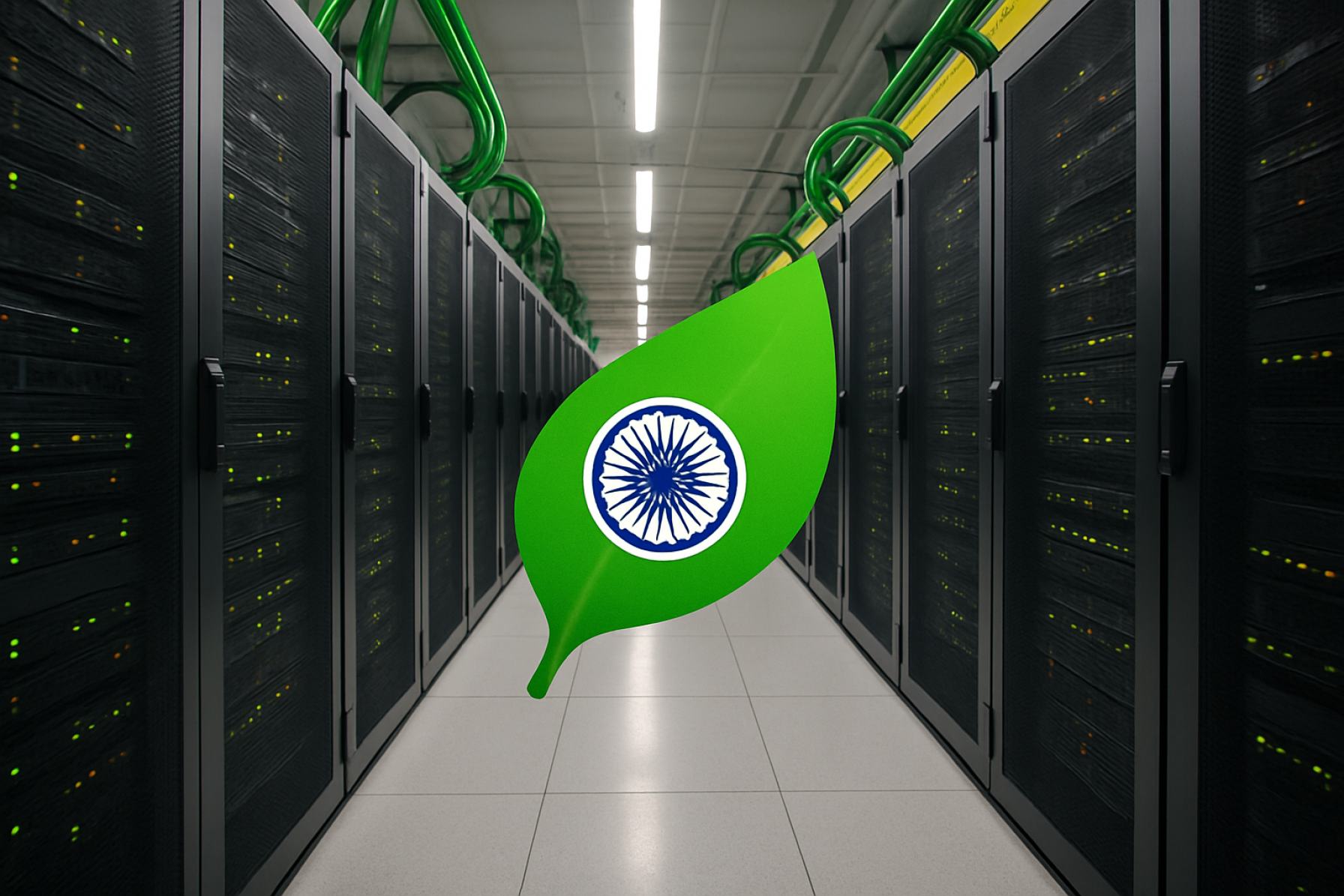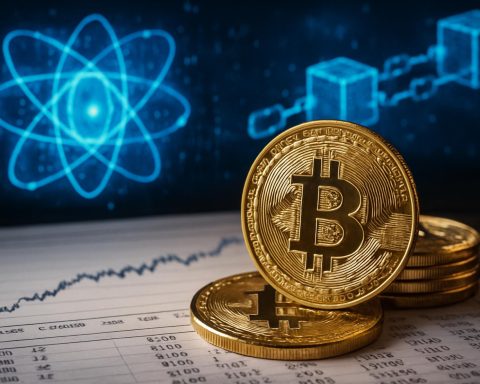India’s Data Center Revolution: Why Clean Energy, Not Gas, Will Power the Next AI Boom
India’s digital ambitions are driving explosive energy demand. Here’s why renewable power is the smart, future-proofed solution for data centres.
— India houses 262 data centres, ranking 7th globally
— Data centre energy use to hit 3% of India’s supply by 2030
— Green data centre investments top $6.5B in the past decade
— Battery storage project tenders hit 6.1GW in early 2025
India’s digital economy is surging, with data centres emerging as the backbone of everything from AI to e-commerce. But powering this transformation comes at a cost: a rapidly growing appetite for energy. The stakes are high—how India chooses to fuel its data giants will shape not just the economy, but the climate and energy security for decades.
As AI applications explode and more Indians enter the digital fold, the country’s data centre electricity demand is projected to jump from under 1% of supply today to nearly 3% in just five years. In global rankings, India now trails only France and Canada as the world’s 7th-largest data hub.
Government reforms have paved the way for $6.5 billion in data centre investments and over $1.2 billion in revenue last year alone. Major hubs like Mumbai, Hyderabad, Delhi NCR, Bangalore, and Chennai are racing to expand capacity. But as these clusters swell, so does their stress on India’s power grid—each facility consumes as much energy as 100,000 homes.
Q: Why Is Natural Gas Losing Its Shine for Data Centres?
Natural gas once looked like a cleaner step up from coal. But after the global energy price shocks of 2022 and mounting supply constraints, its appeal is fading fast in India.
Here’s what’s changed:
- Domestic gas covers only half of India’s demand, forcing expensive imports
- Energy sector growth—fueled by online services and electrification—is set to outpace domestic gas supply by 60% by 2030
- Spot market gas prices remain volatile, exposing data centres to unpredictable costs and risks from geopolitical tensions
The recent price cap hike on domestic gas, coupled with falling output from older fields, is pushing users toward more expensive, uncertain supply contracts.
Q: How Are Renewables and Battery Storage Changing the Game?
Solar, wind, and battery innovations have slashed costs and improved reliability—turning what was once a sustainability goal into a sharp business advantage.
The latest all-day power tariffs for secure, dispatchable renewables (with battery storage) now beat average natural gas prices—₹4.98-4.99 per unit versus ₹5.4. Meanwhile, standalone battery storage tenders have soared to 6.1GW in early 2025, a sign of booming investment and confidence.
India’s government sweetens the deal for battery storage with policy incentives like the Viability Gap Funding scheme, which covers up to 30% of project capital costs.
Leading data centres are already pivoting. Mumbai’s Yotta NM1, the country’s largest, now sources half its electricity from green energy—targeting 70% soon.
How-To: Make Your Data Centre Green and Future-Proof
- Pursue long-term renewable energy contracts—lock in lower, stable rates for years
- Integrate on-site solar and wind where possible, especially in established data centre clusters
- Deploy Battery Energy Storage Systems (BESS) for uninterrupted power and grid flexibility
- Capitalize on government grants and incentives for green upgrades
- Partner with innovators in local microgrids for maximum resilience
Transitioning to clean power isn’t just better for the environment—it banishes price shocks, future-proofs data centre operations, and burnishes brand reputation in the eyes of global partners and investors.
Q: What’s at Stake If India Misses the Green Transition?
The risk isn’t just higher bills—it’s ceding competitive advantage. Lagging behind in clean energy could hurt India’s appeal to global cloud and AI players increasingly committed to net-zero targets. Moreover, overreliance on imported fossil fuels makes the digital economy vulnerable to global price swings and supply crises.
On the flip side, smart investment in renewables could unlock billions in local industry growth, slash emissions, and power India’s rise as a digital superpower.
For more on green tech and the future of energy, visit World Bank, IEA, and BloombergNEF.
Take the Leap: Make Green Power Your Competitive Edge!
Action Checklist:
- Audit your data centre’s current energy sources and costs
- Research renewable tariffs and battery storage solutions in your region
- Apply for national and state incentives (look for VGF and related schemes)
- Engage with renewable energy and grid partners to draft a transition roadmap
- Communicate your sustainability achievements to clients and stakeholders
As India’s AI and data economy soar, now is the moment to go green—and stay ahead of the curve.










